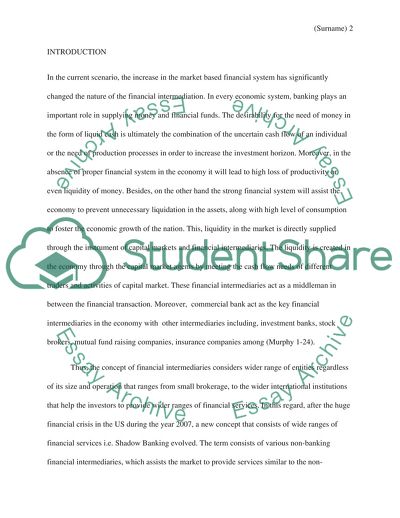Cite this document
(The Rise of Shadow Banking Admission/Application Essay, n.d.)
The Rise of Shadow Banking Admission/Application Essay. https://studentshare.org/macro-microeconomics/1848820-the-rise-of-shadow-banking
The Rise of Shadow Banking Admission/Application Essay. https://studentshare.org/macro-microeconomics/1848820-the-rise-of-shadow-banking
(The Rise of Shadow Banking Admission/Application Essay)
The Rise of Shadow Banking Admission/Application Essay. https://studentshare.org/macro-microeconomics/1848820-the-rise-of-shadow-banking.
The Rise of Shadow Banking Admission/Application Essay. https://studentshare.org/macro-microeconomics/1848820-the-rise-of-shadow-banking.
“The Rise of Shadow Banking Admission/Application Essay”. https://studentshare.org/macro-microeconomics/1848820-the-rise-of-shadow-banking.


